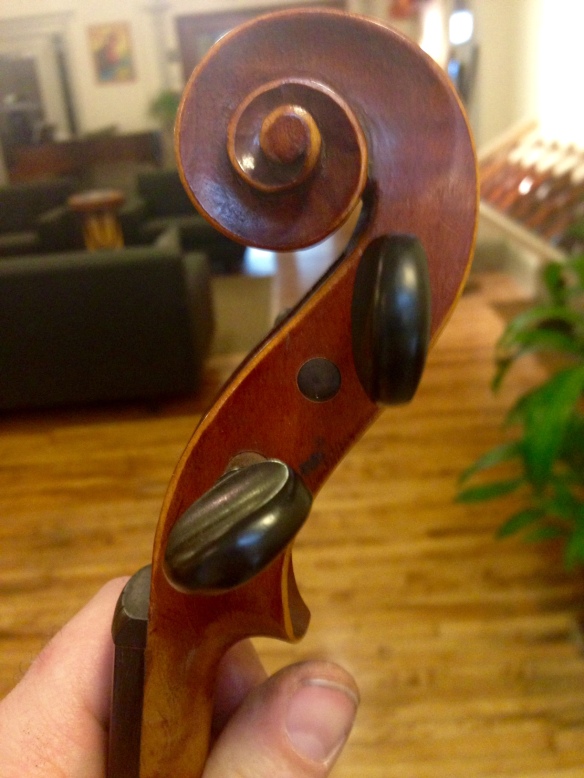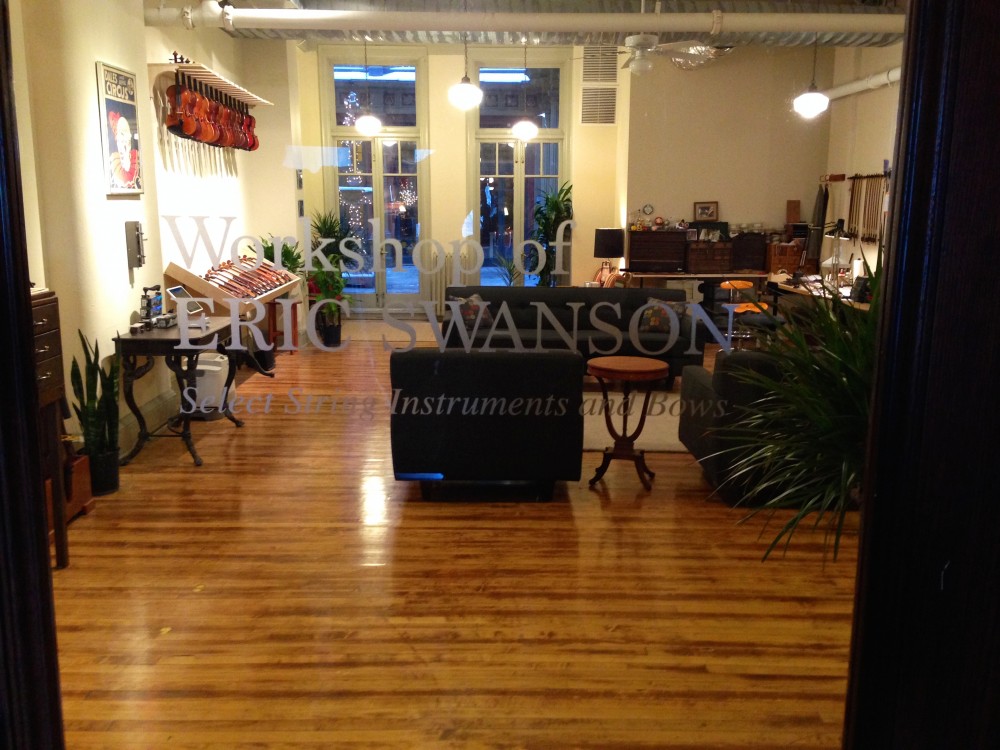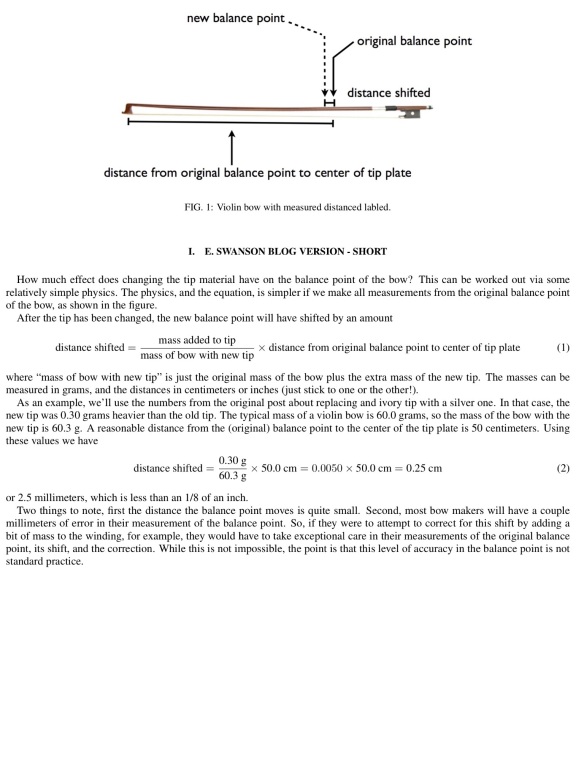 The following is quoted and roughly translated by me from http://www.luthiers-mirecourt.com/marques_generiques.htm, which is a fantastic website devoted to all things violin from Mirecourt, France:
The following is quoted and roughly translated by me from http://www.luthiers-mirecourt.com/marques_generiques.htm, which is a fantastic website devoted to all things violin from Mirecourt, France:
“Medio-Fino or Mi-Fin was used in unpurfled instruments by the Thibouville Company and marketed by other firms such as Ullmann. Although found in catalogs from Laberte and Couesnon as Demi-Fin, in reality, the affixed labels were the same as the Thibouville Company. The Medio-Fino instruments produced in the 19th century by Thibouville, with lemon yellow or burgundy varnish, have an exceptional sound. They have sometimes been revarnished, purfled, and have had Italian labels placed in them by unscrupulous dealers. Increasingly rare are those that have retained their little labels of origin. These products are sometimes very basic and contrary to the honor of Mirecourt violin making. The reason is that there was a desire to continue to democratize music through the ‘Violin at Five Francs’ of the 19th century, but inflation made it impossible to make them without sacrificing quality. Please do not put all Medio-Finos in the same bag, otherwise we would be deprived of excellent violins!”
 The top here is made of a single piece of spruce, with a reddish-brown spirit varnish. Classic Jerome Thibouville Lamy (JTL) modelling and finishing.
The top here is made of a single piece of spruce, with a reddish-brown spirit varnish. Classic Jerome Thibouville Lamy (JTL) modelling and finishing.
 The inside of the top with a respectable bassbar, not carved from the back. Very cleanly graduated and finished.
The inside of the top with a respectable bassbar, not carved from the back. Very cleanly graduated and finished.
 In this photo we can see a decent corner with the etched purfling.
In this photo we can see a decent corner with the etched purfling.
 The back is a single piece of relatively plain poplar. However, some figure can be seen in the lower right bout. I have heard many stories that these backs were not carved, but somehow thinned and pressed to final arching. True? No idea.
The back is a single piece of relatively plain poplar. However, some figure can be seen in the lower right bout. I have heard many stories that these backs were not carved, but somehow thinned and pressed to final arching. True? No idea.
 And here is a somewhat primitive, but not horrible scroll.
And here is a somewhat primitive, but not horrible scroll.
As quoted from www.luthiers-mirecourt.com not all Medio-Finos are created equal. Some are very primitive and poorly made, while older examples are actually very nice and finished cleanly with full blocking and correctly installed linings. However, even these show evidence of fast production, such as interior tooth-plane marks on the ribs and rasp imprints on the table platforms, which is part of their charm. It is also true that the best examples have a wonderful sound. It must be remembered that these instruments were at the very bottom of Thibouville-Lamy’s extensive line of instruments. I know many folks in the business who have a fondness for Medio-Finos and its easy to see why. A nice example should be pretty inexpensive and a great alternative to new Chinese violins.

